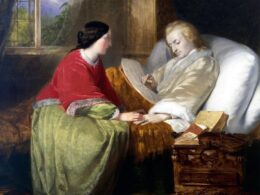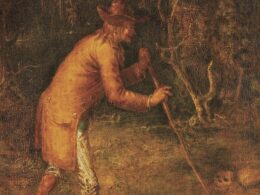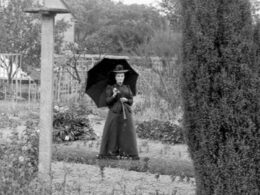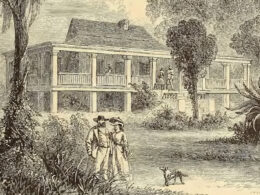Ambrose Bierce (1842–1914?)
From Ambrose Bierce: The Devil’s Dictionary, Tales, & Memoirs
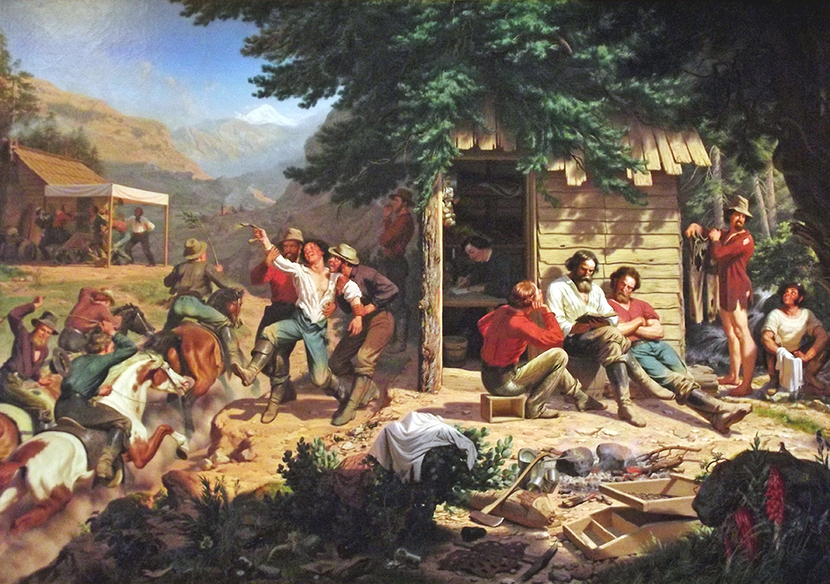
Ambrose Bierce was known during his life, and ever since, for his indefatigable cynicism, and his stories often dealt with war and terror, soldiers and ghosts, fools and outlaws. His fiction was rarely without wit, but the humor was often dark—he is, after all, someone whose Devil’s Dictionary defined “happiness” as “an agreeable sensation arising from contemplating the misery of another.”
So his story “A Lady from Redhorse” comes as a surprise: a “rom-com” by Bitter Bierce? When it was included in the collection In the Midst of Life (Tales of Soldiers and Civilians), a perplexed reviewer wrote in 1899, “It is better, however, to read ‘A Lady from Redhorse’ last, because it is really funny and will make you laugh. You may wonder why afterwards.”
For more than a century, biographers and readers have assumed that the “lady” of the story ends up married happily ever after—even though Bierce had defined “bride” as “a woman with a fine prospect of happiness behind her.” But two decades ago, Donald T. Blume persuasively argued that the ending was meant to be far more ambivalent, pointing out (among other clues) that Bierce had even changed the closing passage in the hope of making it clearer that the lady’s “happy love story is not quite what she thought it to be.” The introduction at our Story of the Week site offers additional background for one of the more curious tales in Bierce’s oeuvre.
